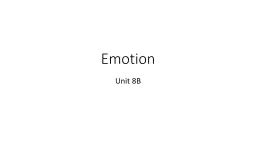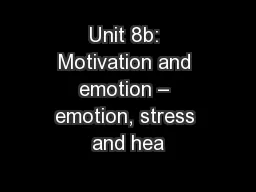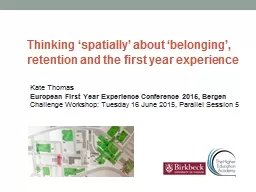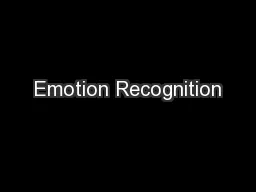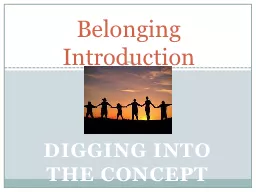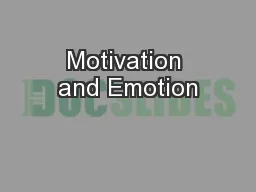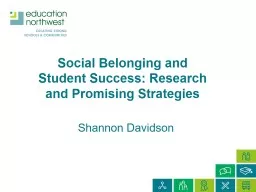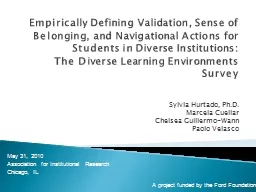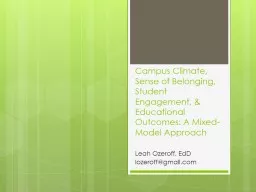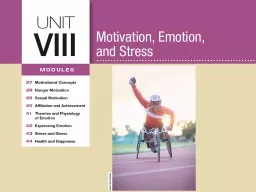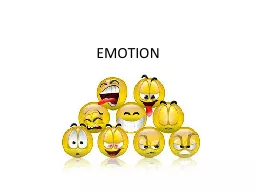PPT-Emotion Unit 8 B Intro Belonging matters
Author : phoebe-click | Published Date : 2018-10-28
Aristotle we are social animals John Donne No man is an island entire of itself Cast Away amp Wilson We seem to have a fear of being alone Ostracism being kicked
Presentation Embed Code
Download Presentation
Download Presentation The PPT/PDF document "Emotion Unit 8 B Intro Belonging matter..." is the property of its rightful owner. Permission is granted to download and print the materials on this website for personal, non-commercial use only, and to display it on your personal computer provided you do not modify the materials and that you retain all copyright notices contained in the materials. By downloading content from our website, you accept the terms of this agreement.
Emotion Unit 8 B Intro Belonging matters: Transcript
Download Rules Of Document
"Emotion Unit 8 B Intro Belonging matters"The content belongs to its owner. You may download and print it for personal use, without modification, and keep all copyright notices. By downloading, you agree to these terms.
Related Documents

